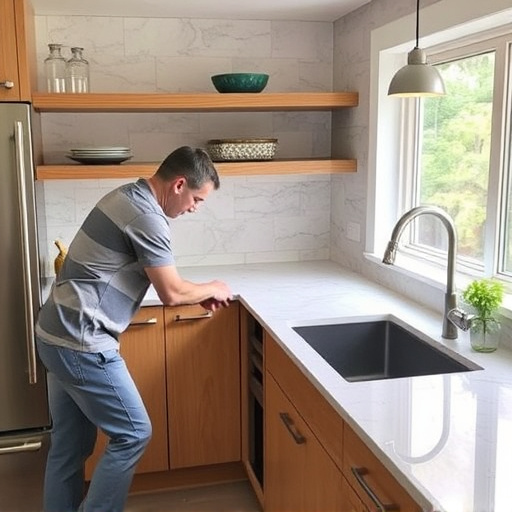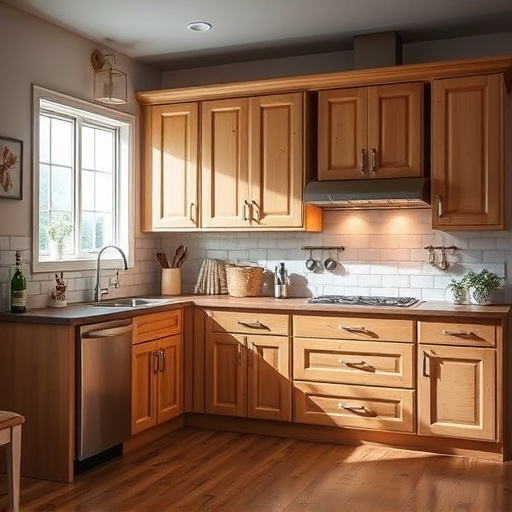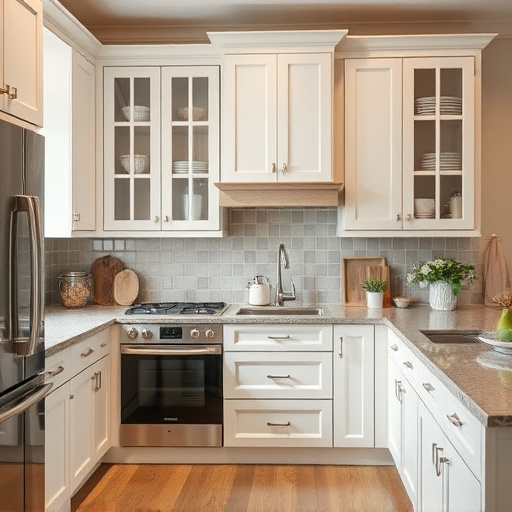Before starting any flooring replacement, carefully assess your needs, budget, and space goals. Evaluate floor condition, define aesthetic preferences, and integrate new floors with existing decor for a successful transformation that enhances property value. Conduct thorough preparation based on floor type and ensure accessibility aligns with design objectives.
Planning a successful flooring replacement project involves strategic steps from assessment to installation. Begin by evaluating your unique flooring needs and setting a realistic budget, considering factors like room function and design aesthetics. Next, research and select durable flooring materials that complement your space. Protect your belongings, prepare your space, and choose reputable contractors or DIY guides before installation. With careful planning, you’ll achieve a stunning new floor that enhances both functionality and style.
- Assess Your Flooring Needs and Budget
- – Understanding your flooring goals
- – Evaluating current condition of existing floors
Assess Your Flooring Needs and Budget

Before diving into any flooring replacement project, it’s crucial to assess both your needs and budget. Start by evaluating the current state of your floors—are they old, damaged, or simply outdated? This will help guide your decision on what type of new flooring best suits your space and style preferences. Consider factors like durability, maintenance requirements, cost, and how well it aligns with your overall home renovation or interior painting plans.
Next, set a realistic budget that accounts for materials, labor, and any unexpected costs. Remember, successful flooring replacements require careful planning. By understanding your requirements and allocating an adequate budget, you’ll be well on your way to achieving satisfying home transformations that enhance the value and aesthetics of your space.
– Understanding your flooring goals

Before diving into any flooring replacement project, it’s crucial to have a clear understanding of your goals. This involves visualizing the type of look or feel you want to achieve in each room, considering both aesthetics and functionality. Are you aiming for a luxurious, high-end finish in your bedroom or a durable, practical solution for a high-traffic area like the kitchen and bath? Defining these objectives is the foundation for successful customized home renovations, guiding the choices of material, color, pattern, and texture.
Remember that flooring replacement isn’t just about aesthetics; it’s also tied to the overall design and layout of your space. For instance, in whole house remodels, you may want to ensure a cohesive look by selecting flooring that complements existing decor or creates the desired atmosphere. Whether it’s hardwood for a classic charm, tile for modern elegance, or carpet for comfort and warmth, each choice contributes to the final result of your living space.
– Evaluating current condition of existing floors

Before diving into a flooring replacement project, it’s crucial to start with an evaluation of your existing floors. This step is a foundation for any successful renovation. Begin by assessing the current condition of the floor: are there any signs of damage, wear and tear, or structural issues? Check for uneven surfaces, loose boards, or gaps that might indicate a problem with the subfloor or underlayment. Also, consider the type of flooring currently installed; different materials have unique maintenance requirements and compatibility with new installations. For instance, wooden floors may need to be sanded and refinished before laying new planks, while tile or linoleum might require removal for proper preparation.
During this evaluation, don’t overlook potential challenges related to your home’s layout or design. Evaluate the accessibility of the space, especially if you plan to replace flooring in hard-to-reach areas or narrow halls. Think about how the new floor will fit into your overall home renovation goals and whether it aligns with your desired style. Understanding these aspects early on ensures that your flooring replacement project is not just successful but also complements your vision for the space, ultimately enhancing the value of your property through quality home renovation services.
Planning a successful flooring replacement project involves understanding your needs, setting a realistic budget, and assessing the current state of your floors. By combining these steps with careful consideration, you can transform your space while ensuring a seamless and cost-effective process. Remember, a well-planned flooring replacement is a significant investment in your home or business, enhancing aesthetics and functionality for years to come.














